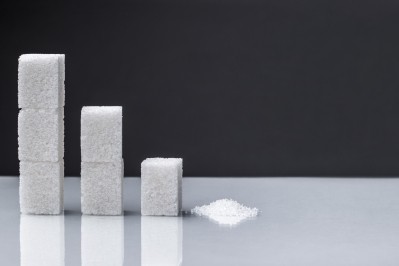Multifunctional FiberSMART granted GRAS status as a dietary fiber

As more consumers seek gut-friendly products containing more fiber and less sugar, fiberSMART’s GRAS status is timely. The company received a “letter of no objection” from the FDA confirming safe use levels from 1.2 to 10 grams per serving in most food and beverage formulations. With GRAS status, fiberSMART can be used across categories as a soluble, prebiotic, low glycemic and dietary fiber.
As a non-GMO Project Verified dietary fiber, its GRAS status “adds yet another layer of confidence and another advantage for manufacturers with mass-market appeal,” according to Anderson Advanced Ingredients’ press release.
Additionally, fiberSMART is keto-friendly, gluten-free, kosher and vegan and tolerable up to 70 grams/day. Given that fiberSMART’s high digestive tolerability allows for consumers to enjoy reduced sugar foods more frequently, it’s an opportunity for brands to retain customers and generate revenue.
As a water soluble, heat and pH stable ingredient, it offers a smooth mouthfeel without sacrificing taste. Ideal for gluten-free and low-carbohydrate products, fiberSMART can be used as a substitute for sugar or thickeners, according to the company’s press release.
‘The consumer demand for less sugar has stimulated a flurry of reformulation in the food industry’
“First and foremost, fiberSMART is used for sugar reduction in a wide range of products. The consumer demand for less sugar has stimulated a flurry of reformulation in the food industry," John Jarmul, VP marketing, explained to Food Navigator-USA.
This flurry of reformulation is also pertinent to pending policies given FDA’s proposal on an updated definition of “healthy” on labels. Rooted in current nutrition science, the proposed rule includes specific limitations to added sugars, saturated fat and sodium. While the proposal is still under consideration, it’s still a reflection of how brands can capture consumer demand for taste, nutrition and texture by developing better-for-you products.
Jarmul explained how the addition of the added sugar panel on nutrition labels shaped the growing sugar reduction movement for manufacturers and consumers.
“When the FDA came out a few years back and changed labeling laws to accurately reflect total sugar and added sugars, consumer demands and expectations quickly shifted to sugar reduction. Globally, we’ve seen places like the EU, Mexico, Colombia and Australia take steps with mandatory and voluntary labeling changes that better inform consumers, and I think we’re just getting started,” he said.





















